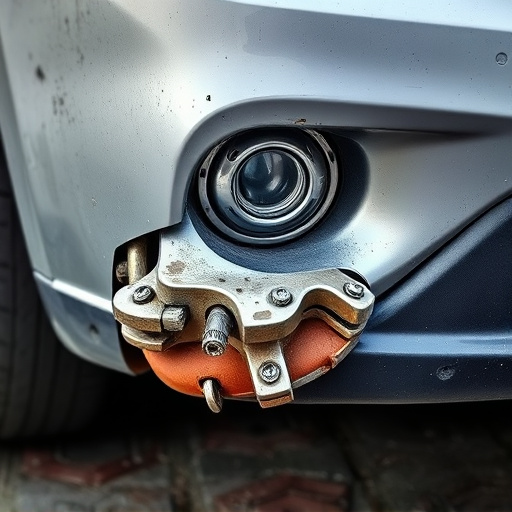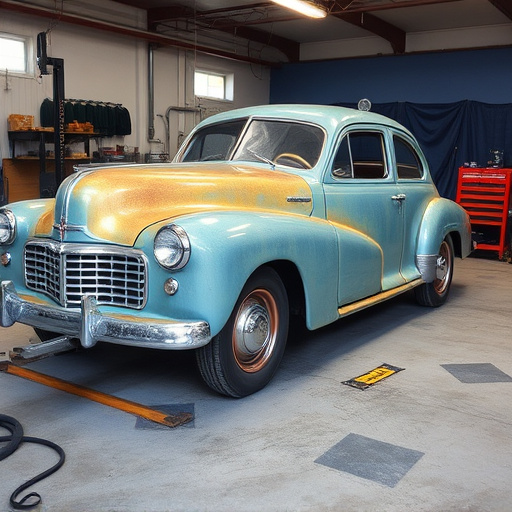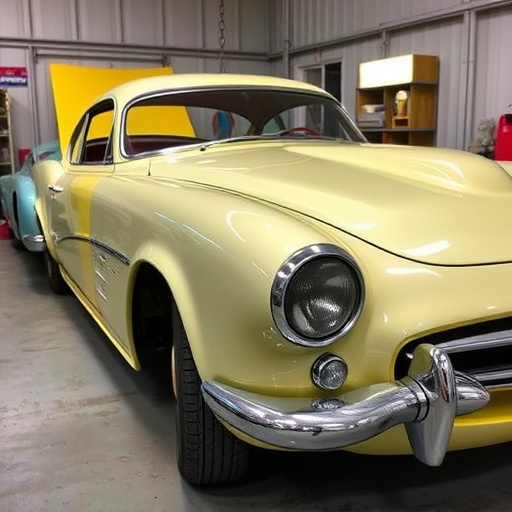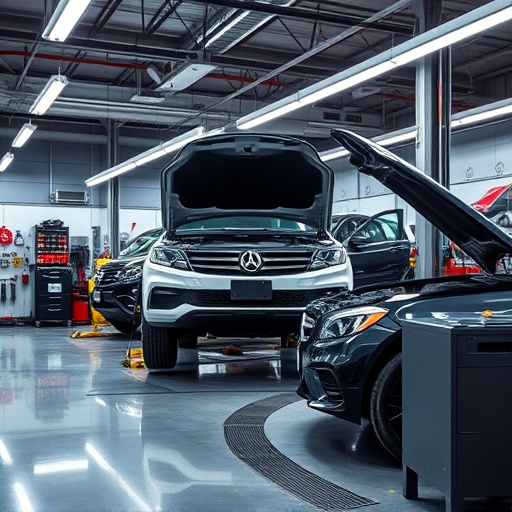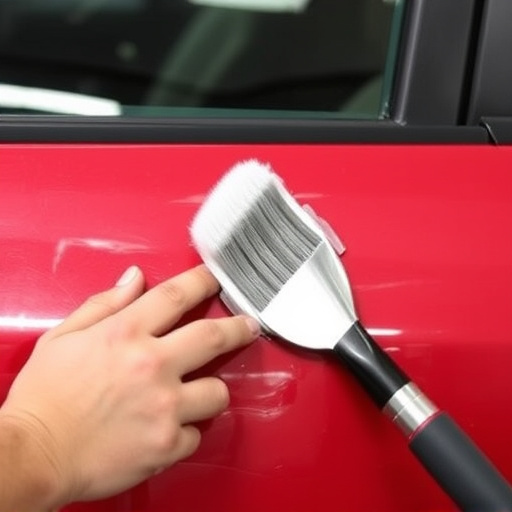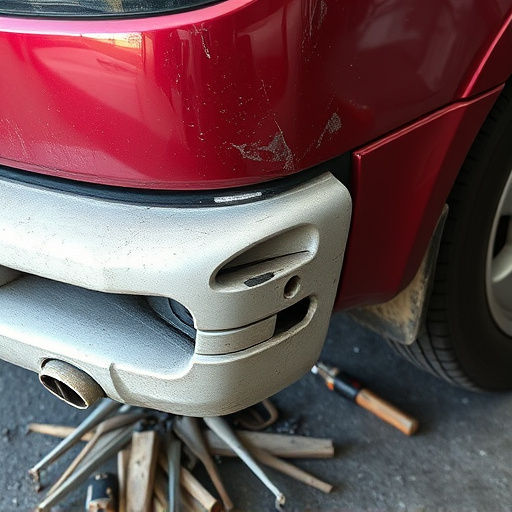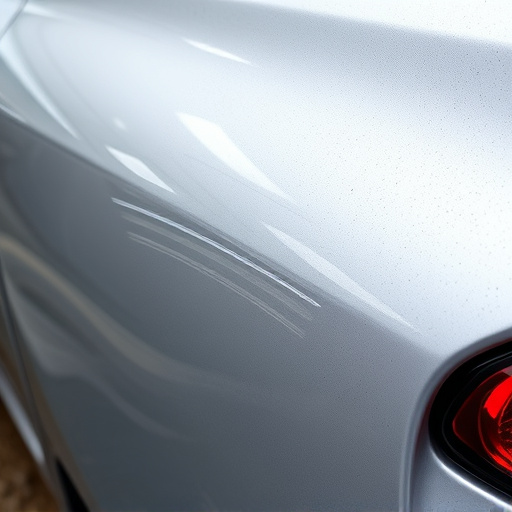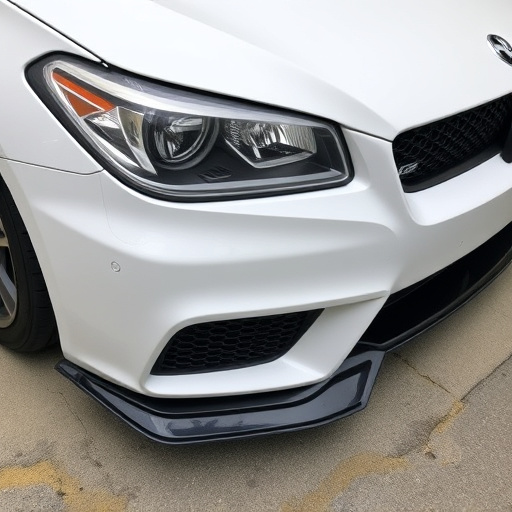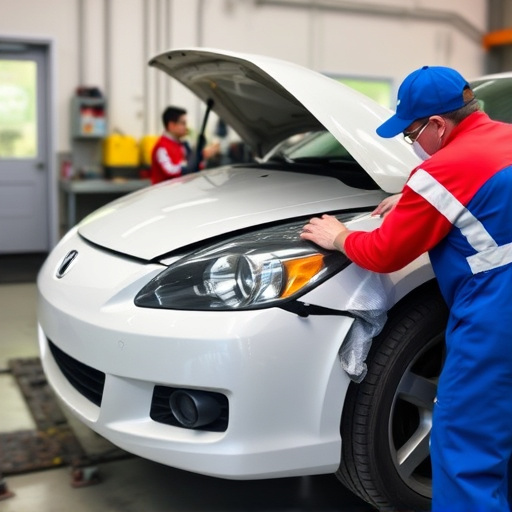Sectioning procedures in vehicle collision repair are crucial for accurate and efficient auto painting and restoration. By dividing damaged vehicles into distinct sections, technicians can precisely address specific areas of damage, enhancing structural integrity and workflow optimization. This method improves repair quality, reduces times, saves costs, and ultimately restores vehicles to pre-accident conditions.
In the realm of collision repair, efficient workflows are paramount for restoring vehicles to their pre-accident condition. Among these, sectioning procedures stand out as a pivotal strategy. This article delves into the intricacies of sectioning procedures, elucidating its role in revitalizing vehicle structures and optimizing the overall repair process. By understanding how this technique enhances precision and speed, automotive professionals can ensure superior outcomes for every restoration project.
- Understanding Sectioning Procedures in Collision Repair
- The Role of Sectioning in Restoring Vehicle Structure
- Efficient Workflow: How Sectioning Enhances Repair Process
Understanding Sectioning Procedures in Collision Repair
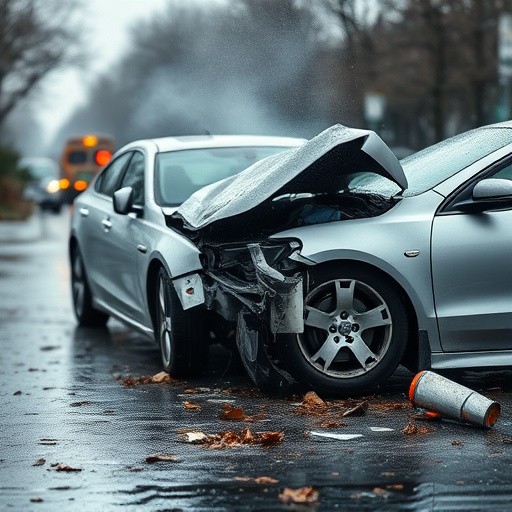
In the realm of vehicle collision repair, sectioning procedures play a pivotal role, acting as a foundation for meticulous and effective auto painting and restoration. This process involves meticulously dividing a damaged vehicle into distinct sections to facilitate efficient repair and reconstruction. Each section is then handled with specialized care, allowing automotive repair services to address specific areas of damage independently. This not only ensures the accuracy of repairs but also enables a structured approach to vehicle collision repair, ultimately enhancing overall quality.
By employing these sectioning procedures, technicians can navigate complex repairs more effectively. It allows for the replacement or refurbishment of individual components without affecting intact areas, streamlining the process and reducing potential additional damage. This method is particularly crucial in modern vehicles with intricate designs and advanced safety features, where precision and attention to detail are paramount. The ultimate goal is to restore vehicles to their pre-accident condition, making them safer and more aesthetically pleasing through comprehensive automotive repair services.
The Role of Sectioning in Restoring Vehicle Structure

In the realm of collision repair, sectioning procedures play a pivotal role in restoring vehicle structure to its original state. This meticulous process involves breaking down damaged vehicles into manageable sections, which allows for precise assessment and repair. By segmenting the car, skilled technicians can identify and address specific areas of damage, ensuring every part is fixed or replaced accurately. This approach not only enhances structural integrity but also facilitates efficient workflow in a vehicle body shop.
Effective sectioning enables car paint services to be conducted with greater accuracy and precision. Each section can be repaired or painted individually, guaranteeing a seamless finish when reassembled. This level of detail is crucial for maintaining the aesthetic appeal and overall value of the vehicle. Moreover, it allows for effective cost allocation, as damaged components are repaired or replaced only where necessary, making collision repair more economical for both customers and car repair shops.
Efficient Workflow: How Sectioning Enhances Repair Process

In the realm of collision repair, efficient workflow is paramount to ensure high-quality outcomes and customer satisfaction. Sectioning procedures play a pivotal role in enhancing this process. By breaking down complex repairs into manageable sections, body shop services can streamline their operations significantly. This approach enables technicians to focus on specific areas of damage, be it car dent removal or more intricate auto maintenance tasks, with precision and efficiency.
Sectioning not only improves the accuracy of repairs but also reduces overall repair time. It allows for better organization and prioritization of tasks, ensuring that each section is addressed in a logical sequence. This methodical approach translates into cost savings and faster turnaround times, making it a game-changer in the industry. Efficient workflow through sectioning procedures ultimately contributes to a smoother and more satisfying experience for both repairers and their clients.
Sectioning procedures play a pivotal role in the collision repair process, offering efficient workflows and precise vehicle structure restoration. By strategically dividing damaged vehicles into manageable sections, technicians can enhance precision, reduce waste, and streamline repairs. This meticulous approach ensures that each component is handled with care, ultimately contributing to higher-quality outcomes and customer satisfaction in the auto body repair industry.
